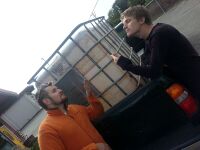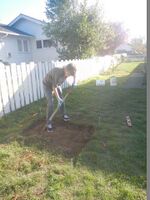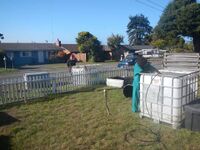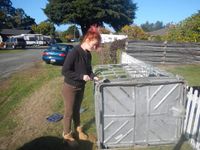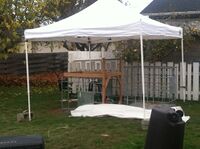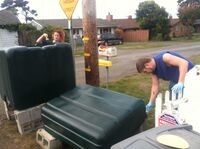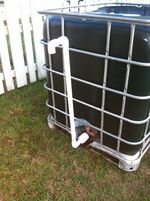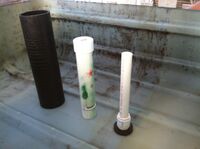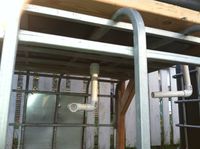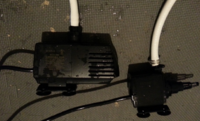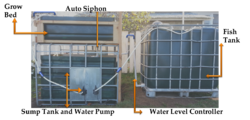
About Me
- Courtney Brown
- Third year full time student at Humboldt State University majoring in Environmental Resource Engineering and minoring in Woman Studies.
Interests in Engineering
- Energy resources which allows the experience of creating efficient and sustainable forms of storing and transferring energy.
- Sustainable Activism: Divesting California’s institutions from fossil fuel.
- Working with underrepresented students who are interested in STEM and granting them resources that will allow them to succeed in their college and professional lives.
Experience in Engineering
- Summer (’13) internship with National Society of Black Engineers (NSBE) in their Summer Engineering Experience for Kids (SEEK) as a mentor for underrepresented students (3rd-8th grade) in getting them involved with Science Technology Engineering and Mathematics (STEM). With classroom management this program involved age-appropriate curriculum that engaged students in interactive exercises for the course of three weeks.
- Humboldt State University’s first council representative for California Student Sustainability Coalition whose mission is to unite and empower California’s higher education that will allow collaboration in a nonviolent transformation of ourselves and to our institutions.
- Group Affiliation at Humboldt State University: Society of Women Engineers (SWE), HSU Student Sustainability Coalition (HSUSSC), Indian Natural Resources, Science and Engineering Program (INRSEP) center for academic excellence in STEM.
- Project with WetLand:Aquaponic System
Portfolio
- For Engineering 215, my team, Hooked on 'Ponics, designed an aquaponic system for the WetLand Project. This is the document we created: Final Doc
- This is a Persian Gulf Imports spreedsheet that I made in Engineering 215.
- This is a sample of an AutoCad drawing for an Engineering 215 assignment.
- This Gantt Chart shows a sample of project-planning software.
- This is a Memo for a sustainable speakers event given by Derek Jensen.
